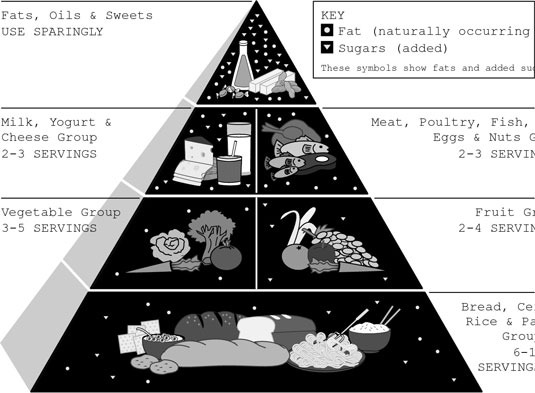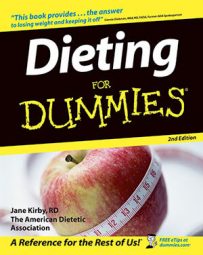You may intend to eat healthy nutritious meals and snacks, but if diet-friendly foods aren’t within reach, you’ll have trouble shedding pounds and reaching your dietary goals. Shoppers who use lists spend slightly more money per trip to the grocery store than nonlist users, but they don’t have to run back to the market as frequently to pick up forgotten items. The benefit to dieters: Temptation has fewer chances.
Some tips for making sure that your grocery list is diet friendly and that your trip to the store is as quick and painless as possible are as follows:
Plan your menus when you’re hungry. They’ll be more interesting. But shop when you’re not hungry, so you’ll have more control.
Forget using coupons, unless they’re for food items that you usually buy. The savings can be tempting, but the purchase can add up to a diet disaster.
Check your cupboards, freezer, and refrigerator in advance to avoid duplicating purchases.
Find out the store’s layout and write your list according to it. You’ll be less likely to forget items. Or write your list according to categories: frozen foods, produce, meat, and dairy, for example.
Your menus, shopping list, and filled grocery cart should be in the same proportion as the Food Guide Pyramid shown here: whole grain bread, cereal, rice, and pasta should occupy the largest space and be the foundation on which the rest is built. Fruits and vegetables come next in order of predominance and then meat and dairy. Fats, oils, and sugar should take up the least amount of space.

Supermarkets are sophisticated marketing systems. Everything you see and smell in a grocery store is specifically crafted to entice you to buy more. Where items are placed in the store, whether a package meets you at eye level or your child’s eye level, the amount of time the aroma of chickens roasting in the deli wafts under your nose, the brightness of the lights, the tempo of the music — everything is carefully chosen. To effectively navigate the supermarket maze, remember:
Double-check the end-of-aisle displays against the usual in-aisle stock. The items featured at the ends of the aisles aren’t always on special.
Eat before shopping and feed the children, too. Hunger makes controlled shopping difficult for adults and nearly impossible for children.
Refuse to be tempted by free samples. (If you’re not hungry, you’re better able to pass them by.)
Realize that the most frequently purchased foods are placed farthest from the door. That setup forces you to pass many other tempting items.
Look up and down. The more expensive items are generally placed at eye level. Bargains can often be found on less convenient shelves.
Become a label reader and use the nutrition information. A label shows the size of a serving (it may be smaller than you think), the number of servings in the package, and the ingredients, as well as the food’s nutrient profile.

